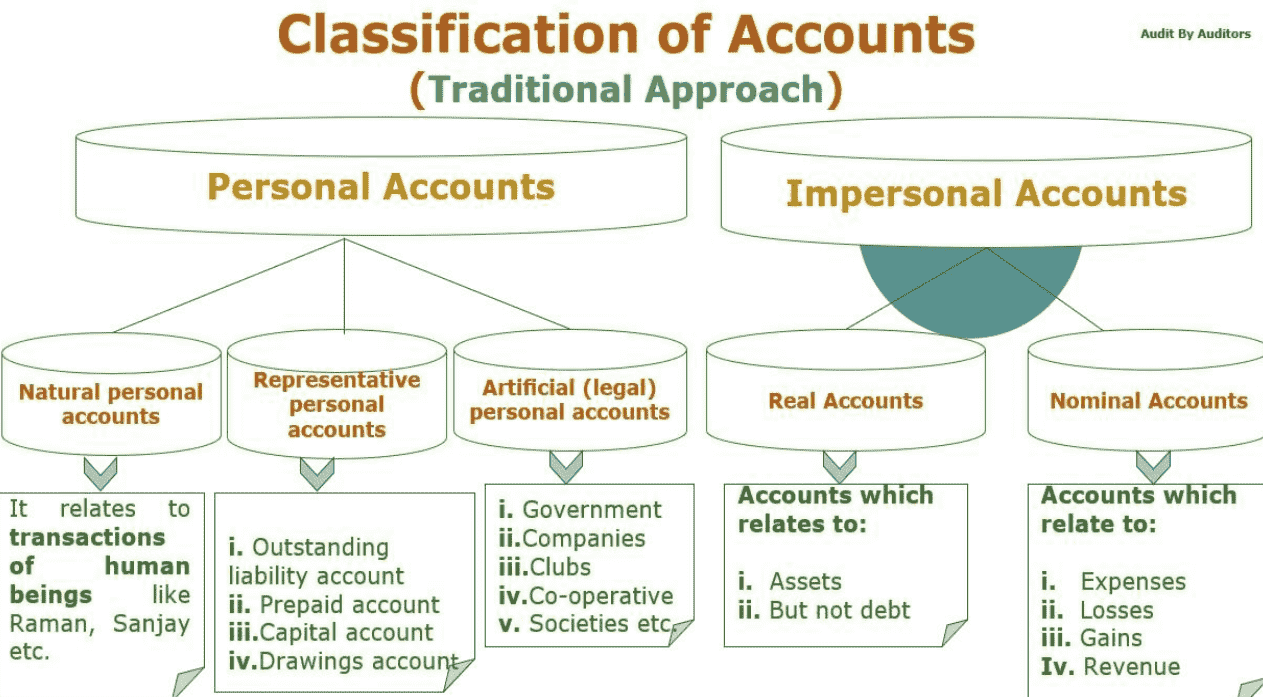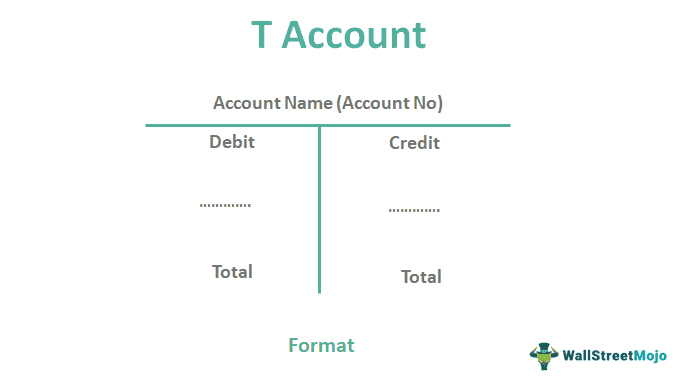03 Process of Accounting
Types of Accounts¶
| Account | Debit | Credit |
|---|---|---|
| Personal | Receiver | Giver |
| Real | What comes in | What goes out |
| Nominal | Expenses & Losses | Income & Gains |

Accounting Equation¶
| Assets + Expenses | Liabilities + Equity + Revenue | |
|---|---|---|
| Increases | Dr. | Cr. |
| Decreases | Cr. | Dr. |
Accounting Cycle¶
flowchart LR
sd[Source<br/>Documents] -->
|Journalize| Journal -->
|Posting| Ledger -->
tb[Trial<br/>Balance]-->
fs
subgraph fs[Financial<br/>Statements]
direction LR
bs[Balance<br/>Sheet]
pl[Profit-Loss/<br/>Income]
cf[Cashflow]
endJournal¶
Record of transactions, regardless of income, expenses, etc
| Date | Particulars | Debit(Dhs) | Credit(Dhs) |
|---|---|---|---|
| 2022-01-01 | Cash A/C Dr. | 20,000 | |
| To Capital A/C | 20,000 | ||
| (Being commencement of business) |
To means: Debitor(Dr.) is indebted to Creditor(Cr.)
Purpose¶
- provides permanent record
- provides information of debit and credit in an entry and an explanation
- reduces the possibility of error as both aspects of a business transaction are written side by side
Compound Journal Entries¶
| Date | Particulars | Debit (Dhs) | Credit(Dhs) |
|---|---|---|---|
| 2022-01-01 | Cash A/C Dr. | 20,000 | |
| To Electricity Company | 10,000 | ||
| To Water Company | 10,000 | ||
| (Expenditure on Utilities) |
Transactions involving Discount A/C are always compound journal entries
Ledger¶
Summary statement of all the transactions relating to a person, asset, expense or income which have taken place during a given period of time and shows their net effect
- Debit side = Receipts side
- Credit side = Payment side
It is in a ‘T’ form

| Dr | < Account Name > | Cr. | ||||
|---|---|---|---|---|---|---|
| Date | Particulars | Amount | Date | Particulars | Amount | |
| 2022-01-01 | To Credit A/C | 2022-01-01 | By Debit A/C | |||
| Total | \(d\) | Total | \(c\) |
Overage Balance¶
Overage = surplus of debit/credit
| Symbol | Meaning |
|---|---|
| C/D | Carried Down |
| B/D | Brought Down |
| Case | Dr | Cr |
|---|---|---|
| \(d>c\) | To Balance B/D | By Balance C/D |
| \(d<c\) | To Balance C/D | By Balance B/D |
Trial Balance¶
List of overages of the ledger accounts at a particular point of time
The selected side (debit/credit) is the one having the amount brought down to next period.
If everything is right, the trial balance should result in
\[ \sum \text{Debit Overages} = \sum \text{Credit Overages} \]
| S. No | Name of A/C | Debit (Dhs) | Credit (Dhs) |
|---|---|---|---|
| \(a\) | |||
| \(b\) | |||
| Total | \(k\) | \(k\) |